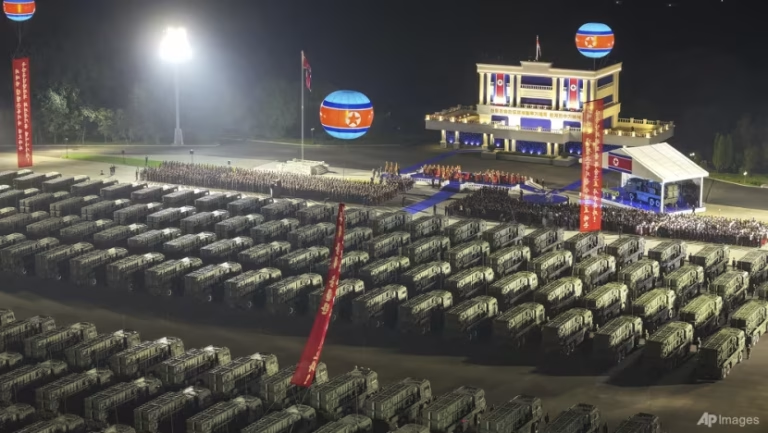A series of uninhabited, low-lying reefs in the South China Sea is becoming a new flashpoint between China and the Philippines, undermining recent attempts to ease tensions in the vital region.
Over the past week, vessels from both nations have clashed near Sabina Shoal, a disputed atoll just 86 miles from the Philippines and 745 miles from China. China asserts ownership over most of the South China Sea, despite an international ruling against this claim.
These confrontations have escalated just weeks after Beijing and Manila agreed to a temporary truce following rising tensions at another reef nearby. The renewed conflict could be a key topic in upcoming discussions between U.S. National Security Adviser Jake Sullivan and Chinese Foreign Minister Wang Yi during Sullivan’s visit to China.
A particularly violent incident occurred in June at the Second Thomas Shoal, where Chinese coast guard personnel wielded axes and slashed Filipino boats. Following this, both nations agreed to reduce tensions. However, the peace was short-lived.
On August 19, Chinese and Philippine coast guard ships collided near Sabina Shoal, with both sides blaming each other. The Philippines accused China of ramming its vessels, while Beijing claimed Manila’s ships were at fault. Another confrontation followed days later, with China allegedly firing water cannons at a Philippine fisheries bureau vessel, further escalating the situation. Analysts believe Sabina Shoal is becoming a third major flashpoint in the region.
China, on the other hand, is determined to avoid another standoff like the one at Second Thomas Shoal, where the Philippines has stationed marines on a grounded World War II-era ship since 1999 to assert its territorial claim. Both Sabina and Second Thomas Shoals are located within the Philippines’ Exclusive Economic Zone (EEZ).
The Philippines has stationed a coast guard vessel, the BRP Teresa Magbanua, at Sabina Shoal since April to monitor Chinese activities. This move has angered China, leading to the deployment of its massive 12,000-ton coast guard ship CCG-5901 to the area. Beijing views the situation at Sabina Shoal as another potential grounding, similar to the Second Thomas Shoal.
Tensions continue to rise, with Chinese state media accusing the Philippines of attempting to establish a permanent presence at Sabina Shoal, vowing not to allow any resupply missions. Despite attempts by the Philippines to resupply its stationed vessel with food and essential supplies, these efforts have been obstructed by Chinese ships.
The situation remains highly volatile, with neither side willing to back down. Philippine President Ferdinand Marcos Jr., who has strengthened ties with the U.S. since taking office, is facing increasing pressure to defend the country’s claims in the region. China, meanwhile, is testing how far the U.S. will go to support the Philippines amidst its other global commitments.
U.S. officials have reiterated their defense commitments to the Philippines under a 1951 treaty, and there is even talk of American ships escorting Philippine resupply missions. However, Washington may be hesitant to become embroiled in another conflict, especially with ongoing crises in Ukraine and the Middle East.
China appears to be escalating the situation, likely to gauge the extent of U.S. support for Manila, and tensions in the South China Sea remain a significant geopolitical concern.





